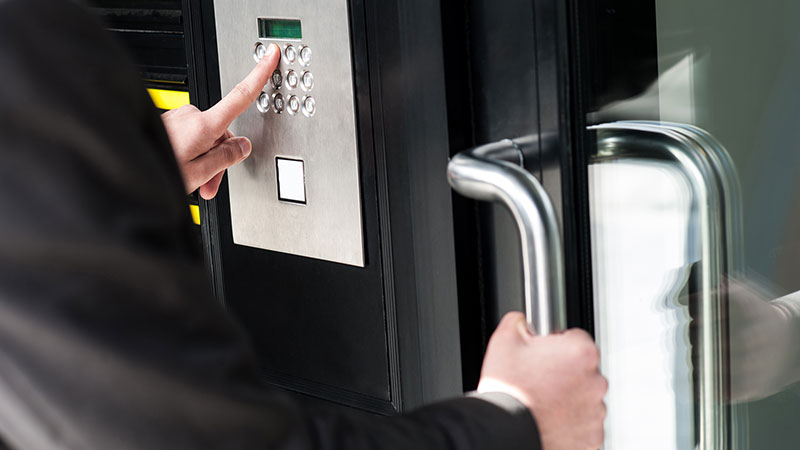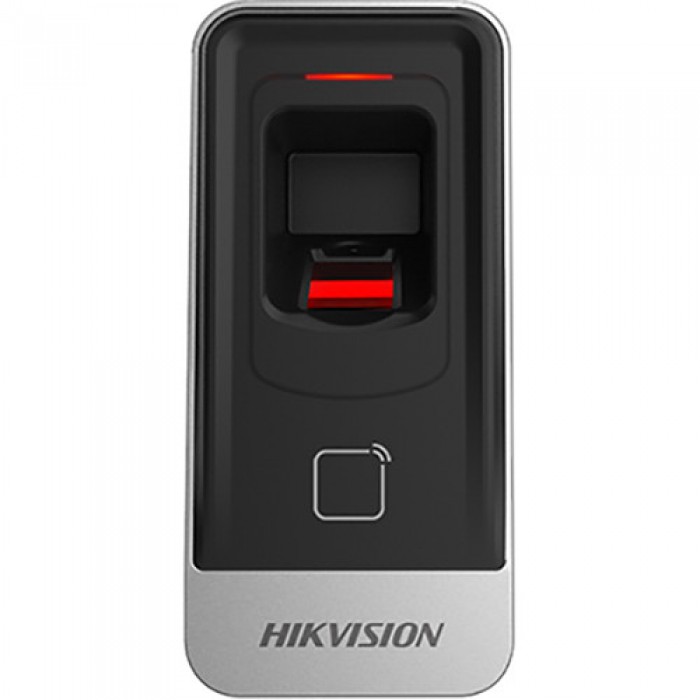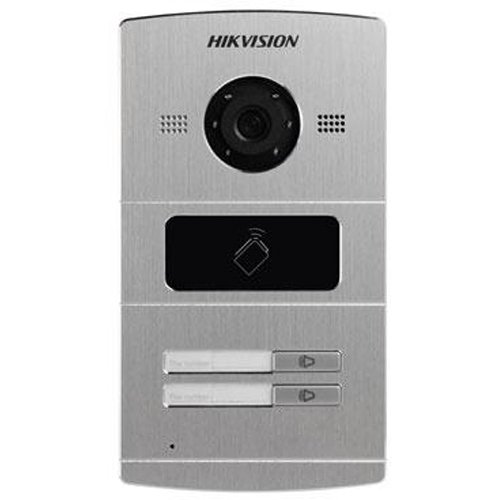
Access control systems perform identification authentication by evaluating required login credentials that can include passwords, personal identification numbers (PINs), biometric scans, security tokens or other authentication factors. These security controls work by identifying an individual or entity, verifying that the person or application is who or what it claims to be, and authorising the access level and set of actions associated with the username or IP address.
The goal of access control is to minimise the risk of unauthorised access to physical and logical systems. Access control is a fundamental component of security compliance programs that ensures security technology and access control policies are in place to protect confidential information, such as customer data. Most organisations have infrastructure and procedures that limit access to networks, computer systems, applications, files and sensitive data, such as personally identifiable information and intellectual property.
Access control systems are complex and can be challenging to manage in dynamic IT environments that involve on-premises systems and cloud services. After some high-profile breaches, technology vendors have shifted away from single sign-on systems to unified access management, which offers access controls for on-premises and cloud environments.

The Hikvision DS-K1201MF Fingerprint and card reader, designed with a 32 bit high-speed processor, contains the optical fingerprint recognition module. It communicates with Hikvision access controller via the RS-485 protocol. And a built-in tamper-proof module helps to protect the card reader from malicious damage.

The Hikvision KV8102-IM is an outdoor IP 1-button intercom door station with an integrated camera and reader. Designed with a metal housing for use in both residential and office applications. Other features include HD video surveillance, noise suppression and echo cancellation for improved audio quality and tamper-proof alarm functions.
